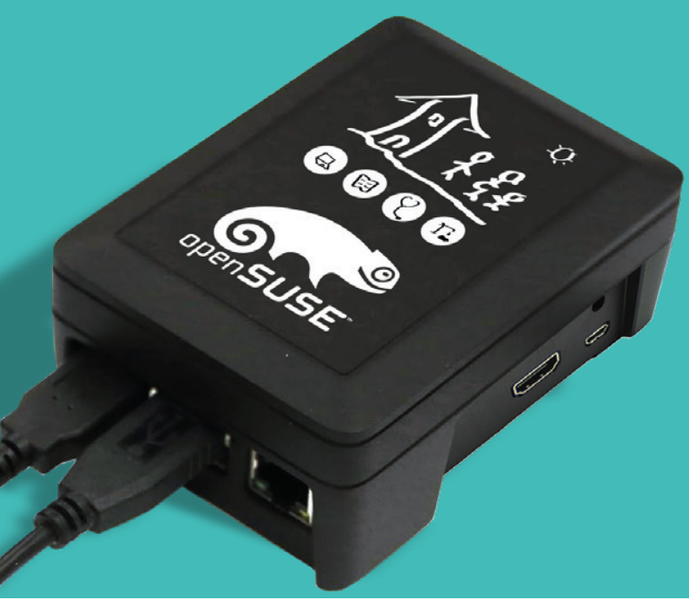How to Install GnuHealth EHR Using Docker on Linux
Table of Content
GnuHealth is a powerful, free, and open-source Hospital and Health Information System (HIS). If you work in healthcare or are interested in health tech, GnuHealth is an excellent solution for managing electronic medical records (EMR), hospital administration, and more.
It's trusted by healthcare institutions worldwide for its robust features and flexibility.
In this guide, we'll walk you through what GnuHealth is, highlight its key features, and show you how to install it on Linux using Docker in a few simple steps. Let's get started!


What is GnuHealth?
GnuHealth is a free and open-source Hospital and Health Information System (HIS) developed by the GNU Project. It's designed to support the management of electronic medical records (EMR), hospital operations, and health informatics.
Whether you're a clinician, a hospital administrator, or an IT professional in healthcare, GnuHealth provides a comprehensive toolkit for managing patient records, appointments, billing, and more.
GnuHealth is modular, allowing you to install only the components you need. This makes it adaptable to different environments, from small clinics to large hospitals.
Key Features of GnuHealth
Here are some standout features of GnuHealth:
- Patient Management: Maintain detailed patient records, including demographics, medical history, and appointments.
- Electronic Medical Records (EMR): Manage diagnoses, treatments, lab results, and prescriptions.
- Hospital Administration: Handle tasks like scheduling, invoicing, and inventory management.
- Modularity: Choose the modules you need for your organization, such as lab management, pediatrics, or surgery.
- Integration with Tryton: GnuHealth uses Tryton, an ERP platform, to manage backend processes.
- Security and Privacy: GnuHealth is designed with strong security measures to protect sensitive patient data.
- Community-Driven: As part of the GNU Project, GnuHealth has a thriving community of developers and healthcare professionals contributing to its development.
Now that you're familiar with GnuHealth, let's dive into the installation process!
Prerequisites
Before we begin, make sure you have the following:
- A Linux machine (Ubuntu, Fedora, Debian, etc.).
- Docker and Docker Compose installed on your system.
If Docker is not installed yet, you can follow our quick guide on how to install Docker on Linux.
Step-by-Step Guide to Install GnuHealth Using Docker
We'll use Docker to simplify the installation process. Docker containers are isolated and ensure that GnuHealth runs smoothly with minimal configuration.
1. Clone the GnuHealth Docker Repository
First, clone the official GnuHealth Docker repository to get the necessary Docker configurations.
Open your terminal and run:
git clone https://github.com/meanmicio/gnuhealth-docker.git
Navigate into the cloned directory:
cd gnuhealth-docker
2. Configure the .env File
GnuHealth uses an .env file to manage environment variables. Let's create and configure this file.
Copy the sample .env file provided in the repository:
cp .env.sample .env
You can edit the .env file with your preferred text editor to set up configurations like the database user and password.
Example using nano:
nano .env
Save the file after making your changes.
3. Start GnuHealth Using Docker Compose
Now that your configurations are set, use Docker Compose to build and run the containers.
Run the following command:
docker-compose up -d
Docker will pull the necessary images and start the GnuHealth services. This may take a few minutes, depending on your internet speed.
4. Verify the Installation
Once the containers are up and running, verify that everything is working as expected.
Check the status of your Docker containers:
docker-compose ps
You should see output indicating that the GnuHealth services are running.
5. Access GnuHealth
By default, GnuHealth should be accessible on port 8000. Open your browser and navigate to:
http://localhost:8000
You should see the GnuHealth login screen.
Default Login Credentials
- Username:
admin - Password:
gnusolidario
You can change these credentials later for security purposes.
Managing GnuHealth Containers
Here are some useful commands for managing your GnuHealth Docker containers:
View logs:
docker-compose logs
Restart the containers:
docker-compose restart
Stop the containers:
docker-compose down
Conclusion
Congratulations! You've successfully installed GnuHealth using Docker on your Linux machine. With GnuHealth, you have a powerful and customizable Hospital and Health Information System at your fingertips.
If you run into any issues, the GnuHealth Community is a great place to ask questions and get support.
Happy hacking and healthcare managing! 🚀











